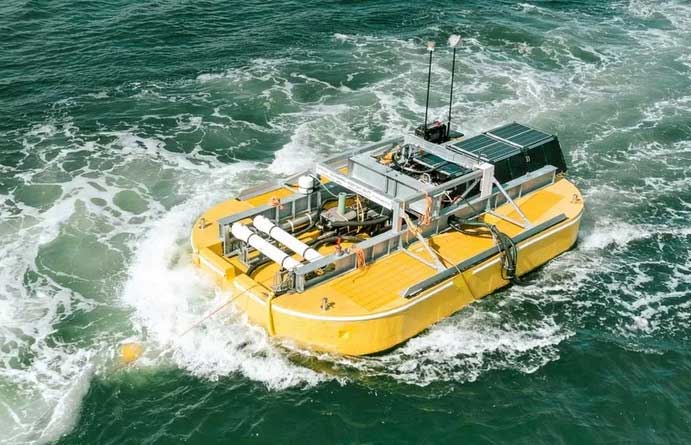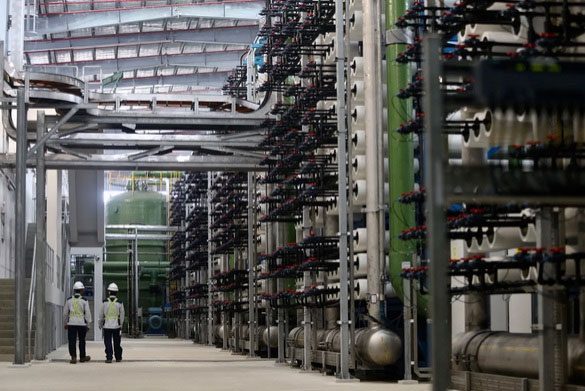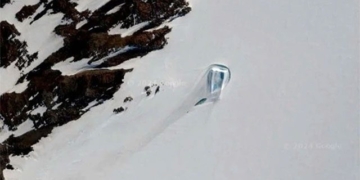A Canadian Startup Develops a Floating Desalination System to Turn Seawater into Freshwater
The BBC reports that traditional shore-based desalination plants often require significant energy to separate salt from seawater. However, the startup Oneka has discovered a method to operate a floating desalination system solely based on the motion of ocean waves.

Floating desalination device. (Photo: BBC)
Susan Hunt, head of innovation at Oneka, shared: “Desalination facilities are often powered by fossil fuels. We want to avoid desalination using fossil fuels.”
According to the International Desalination Association, over 300 million people worldwide currently rely on desalinated water. This water is supplied by more than 21,000 plants, nearly double the number from a decade ago. The demand for such facilities is expected to increase further as the global population grows and climate change continues to put pressure on freshwater supplies.
A report published earlier this year indicated that at least half of the world’s population “lives under water stress for at least one month of the year.” Meanwhile, a 2020 study suggested that the desalination sector will grow by 9% annually from now until 2030.
Currently, there are two techniques used for seawater desalination: thermal methods and membrane methods. In thermal desalination, seawater is heated until it evaporates, leaving the salt behind. This process is typically very energy-intensive.
Membrane-based systems, known as reverse osmosis, work by pushing seawater through a semi-permeable membrane to retain the salt. This method requires a significant amount of energy, but less than thermal processes.
In both cases, the energy supply often does not come from renewable or nuclear sources, resulting in CO2 emissions.
These techniques also produce highly concentrated brine. If not properly diluted before being discharged back into the ocean, it can create “dead zones”—areas with salt concentrations too high for marine life.

The Tuas desalination plant in Singapore has been operational since 2018. (Photo: AP).
In contrast, Oneka’s floating desalination device—an anchor buoy on the seabed—utilizes a membrane system that operates entirely on wave motion. The buoys absorb energy from passing ocean waves and convert it into mechanical pumping force, drawing seawater in and pushing about a quarter of that water through the desalination system. The resulting freshwater is then pumped ashore through pipelines, again relying solely on energy provided by the waves.
Hunt stated: “This technology does not use electricity. It is driven 100% by mechanical engineering.” These devices only require waves of 1 meter in height to operate, and the company hopes to begin sales next year. They come in three sizes, the largest measuring 8 meters long and 5 meters wide, capable of producing up to 49,000 liters of freshwater per day.
The highly concentrated brine is mixed back with 3/4 of the seawater that the buoy draws in but has not passed through the membrane. It is then discharged back into the ocean. Hunt explained: “It is only about 25% saltier than the original seawater. That is a significantly lower concentration compared to traditional desalination methods.”


















































